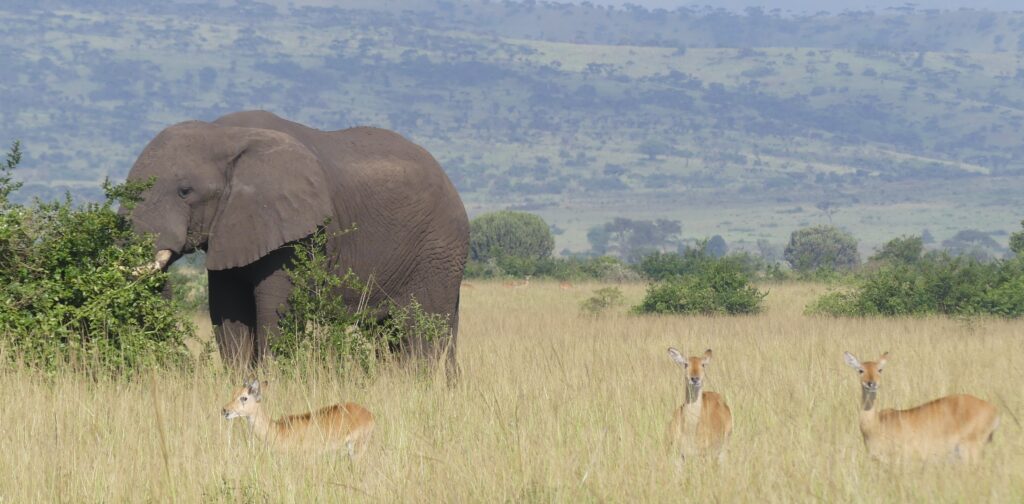
The study found significant correlations between visitor parameters and lion behaviour, with noise level being especially impactful, but also the proximity and number of cars having an influence. While careless tourism might therefore put unnecessary additional strain on the animals, even small changes are likely to lower these impacts. Tourists themselves play a significant role in ensuring high animal welfare, a role that is imperative for tour operators and visitors themselves to understand.
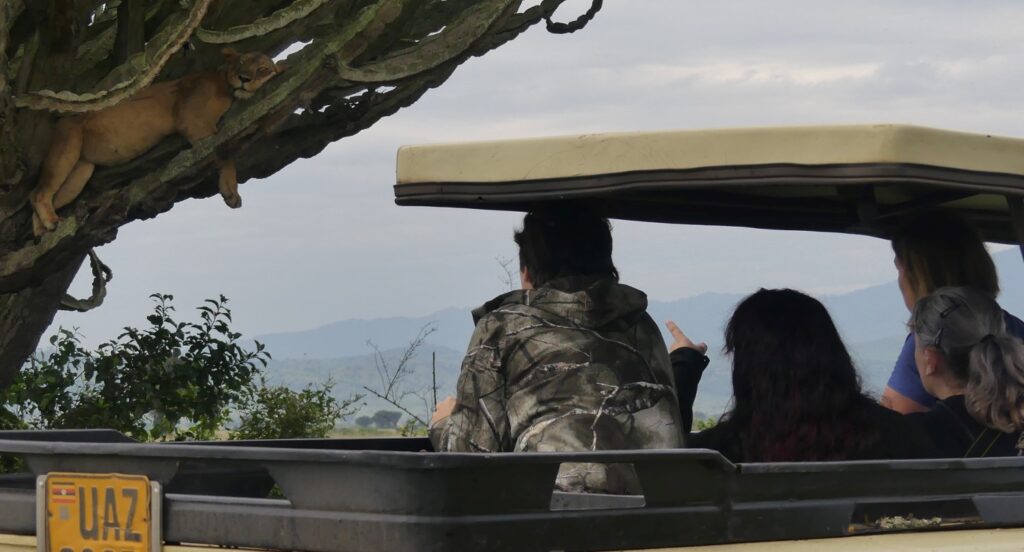
Noise level was the most impactful visitor parameter, correlating significantly with all but one tested behaviours. It is therefore highly recommended for future studies or management measures to focus on noise reduction, especially engine noise.
The two behaviours that were tested separately, Head-up-eyes-closed (HUEC) and Ears-back were both good indicators of the intensity of tourism around a sighting. Both correlated significantly with noise level and Ears-back additionally with car proximity. During a sighting, the two behaviours were also often shown at the same time, indicating a similar valence. Knowledge about these easily visible behaviours can be immensely useful as an indicator of increased tourism pressure on the lions, which can then be eased rather simply by increasing the distance to the cats and reducing noise levels by turning off car engines and/or keeping voice volume down.
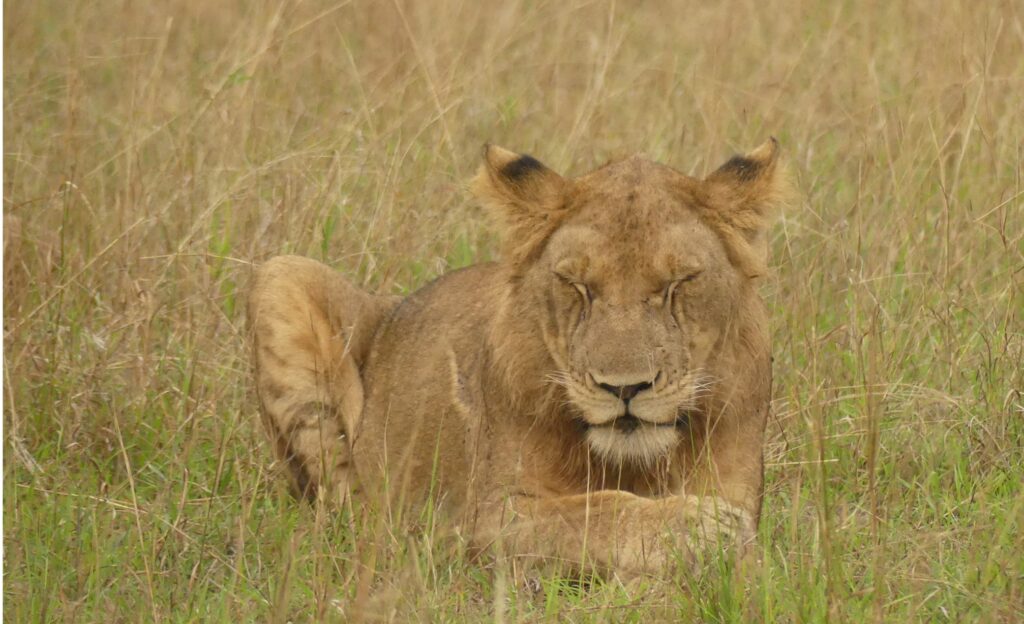
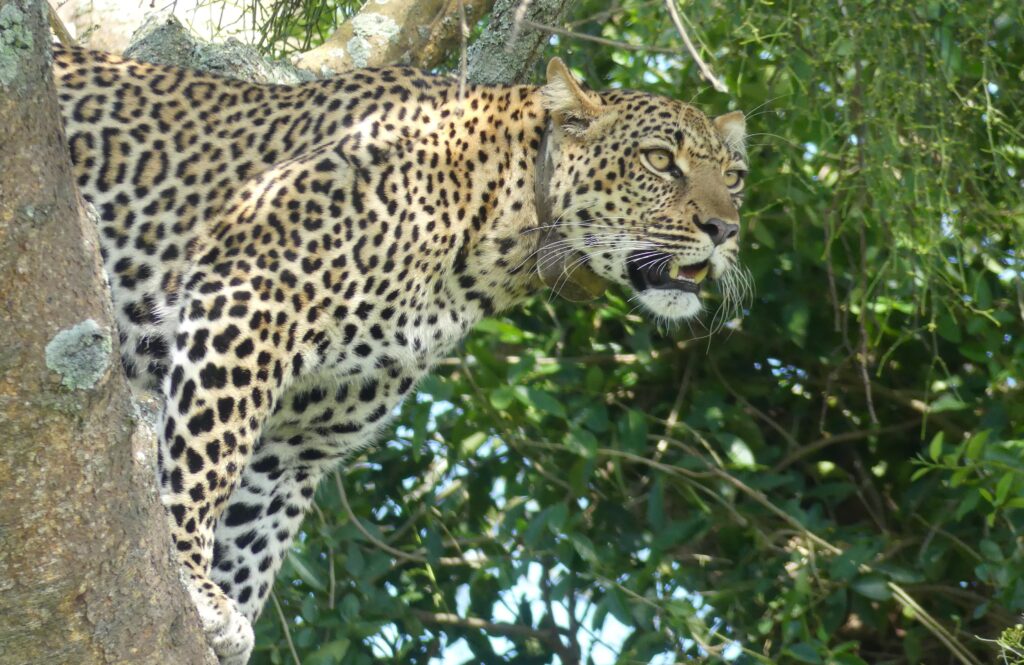
Contrary to lions, data on leopards did not yield any significant results. This is probably most easily explained by much less data having been collected for leopards, with only 39 observations compared to 219 for lions. Additionally, most of the leopard data (all except 4 observations) is from only two leopardesses, which were the only ones that could be tracked reliably with their collars. Even though the results therefore suggest that leopards don’t adjust their behaviour with tourism intensity, this assumption should be made carefully, and can only be confirmed with a larger study involving more individuals.
Though less pronounced for lions compared to leopards, the number of observations per individual varies a lot for both species (1-23 for lions, 1-27 for leopards). Since the main objective of this study was to collect as many data points as possible, less emphasis was placed on equal observation numbers. However, it is possible that the study’s results are impacted unequally by certain individuals. Though the results can thus still be seen as representative for the observed study population, it should not be taken for granted that individuals in other national parks will show the same behavioural adaptations.
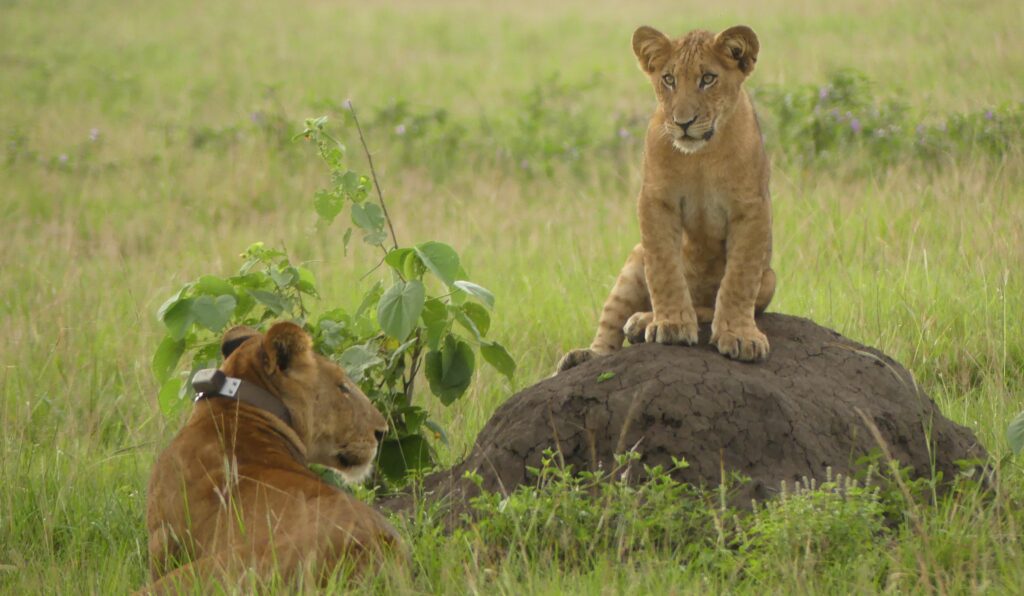
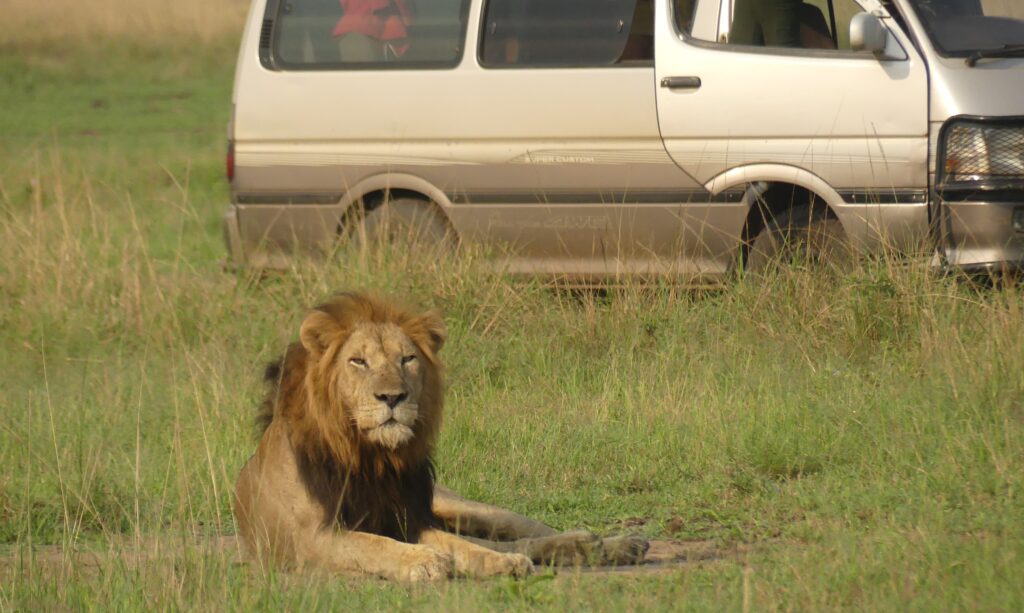
Similarly, all main study animals are already very habituated to vehicles and tourism. As a result, their behavior towards tourists may differ from other populations where tourism is less common. Nevertheless, even these highly habituated lions exhibit behavioral changes in response to the presence of tourists, which further supports the argument that tourism has an impact on wildlife.
Visitors themselves not only place a high value on the presence of big cats, but also express their interest in their conservation and willingness to adjust their behaviour (e.g. share cars) for the benefit of wildlife. Sharing cars could also be beneficial financially, in terms of saving fuel money. The generally high interest of tourists in animal welfare is supported by them stating they would like to learn more about ecology and threats to wildlife, and to also stay longer at animal sightings. Longer but quieter stays (with no engine noise) might even be better for the cats, compared to short but loud stays. Responsible tourism is therefore definitely compatible with economic interests.

Visitor guidelines
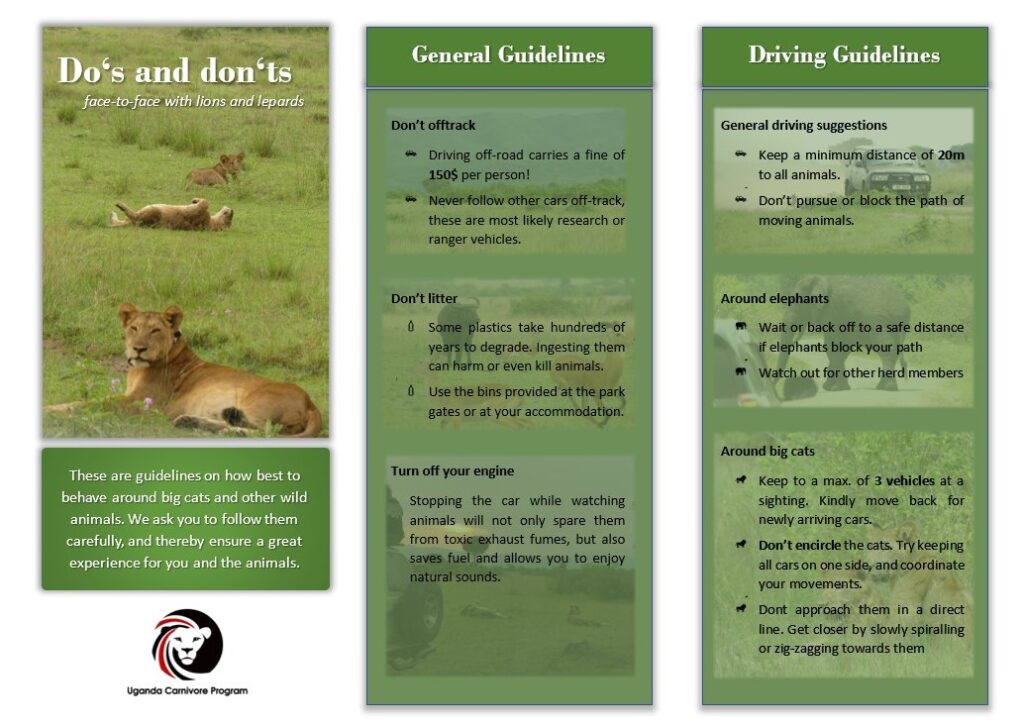
The results of the study have been incorporated into a proposal for “Visitor Guidelines” that were developed together with the UCP. A leaflet and PowerPoint presentation have been created as templates, which are now available to the Uganda Wildlife Authority. Since the before-mentioned online visitor survey showed a general willingness to follow guidelines and interest in animal conservation and welfare, we believe it is important to provide informative materials like these. We hope that these or similar guidelines will be adopted for distribution and display at park gates.
Both Leaflet and PowerPoint are available in the “Downloads” section as PDF files.